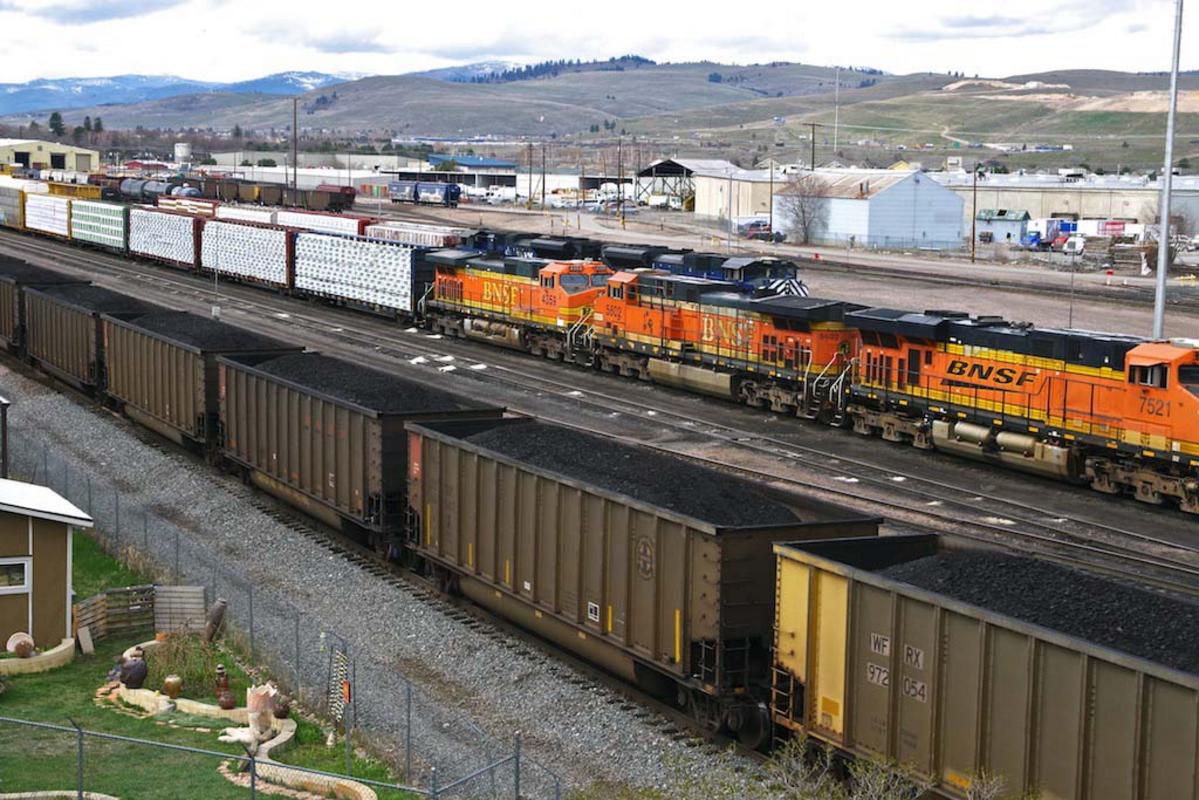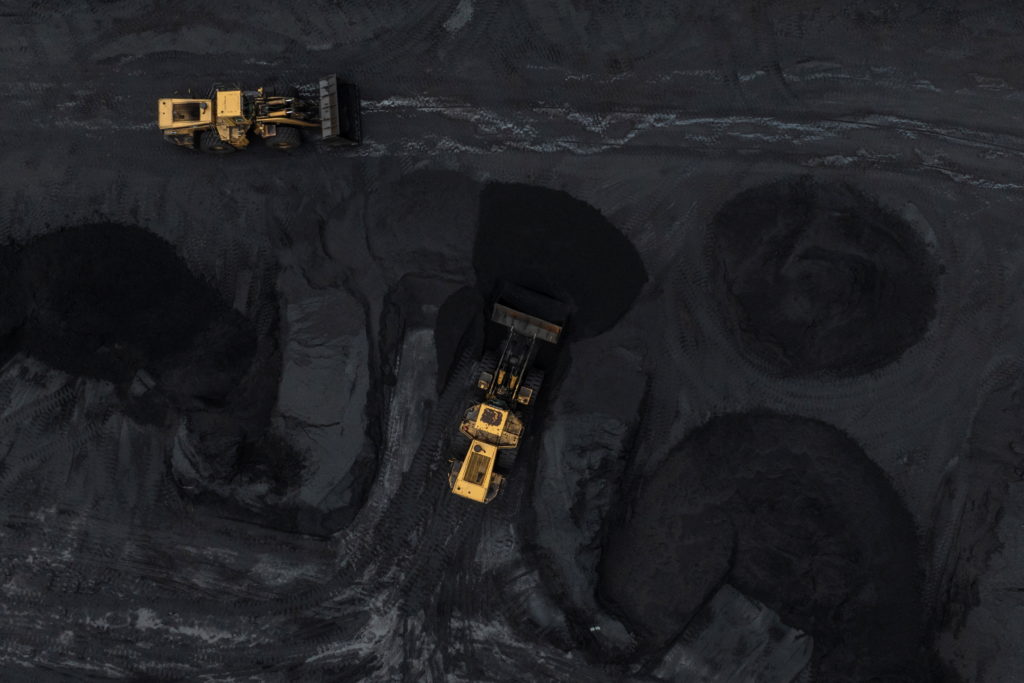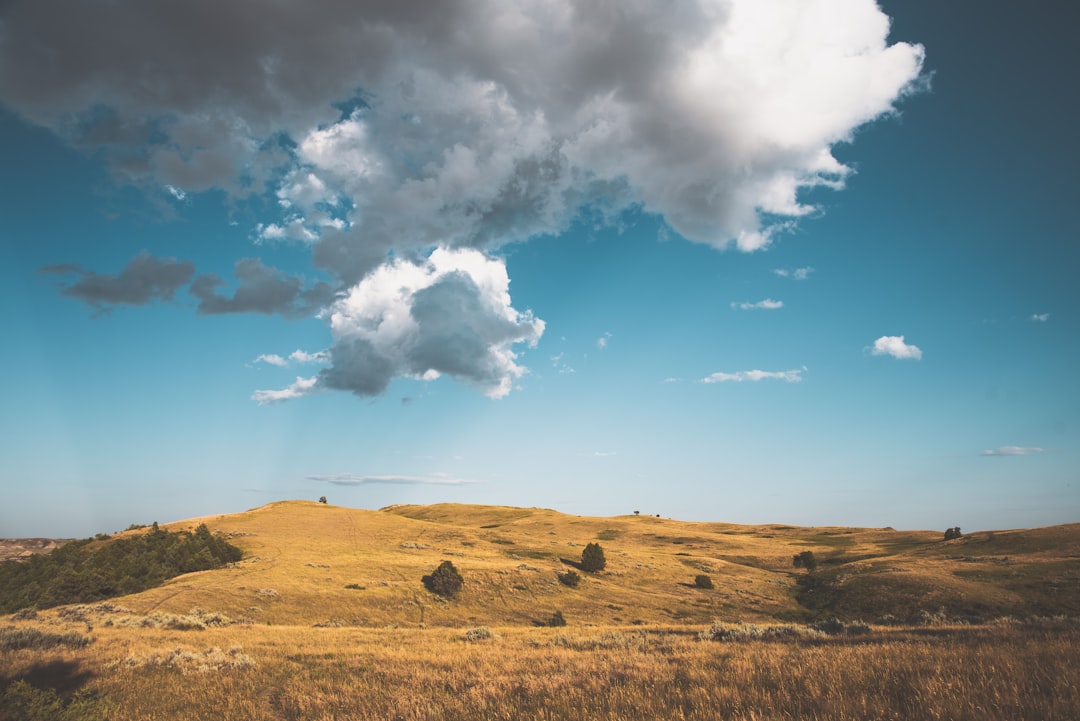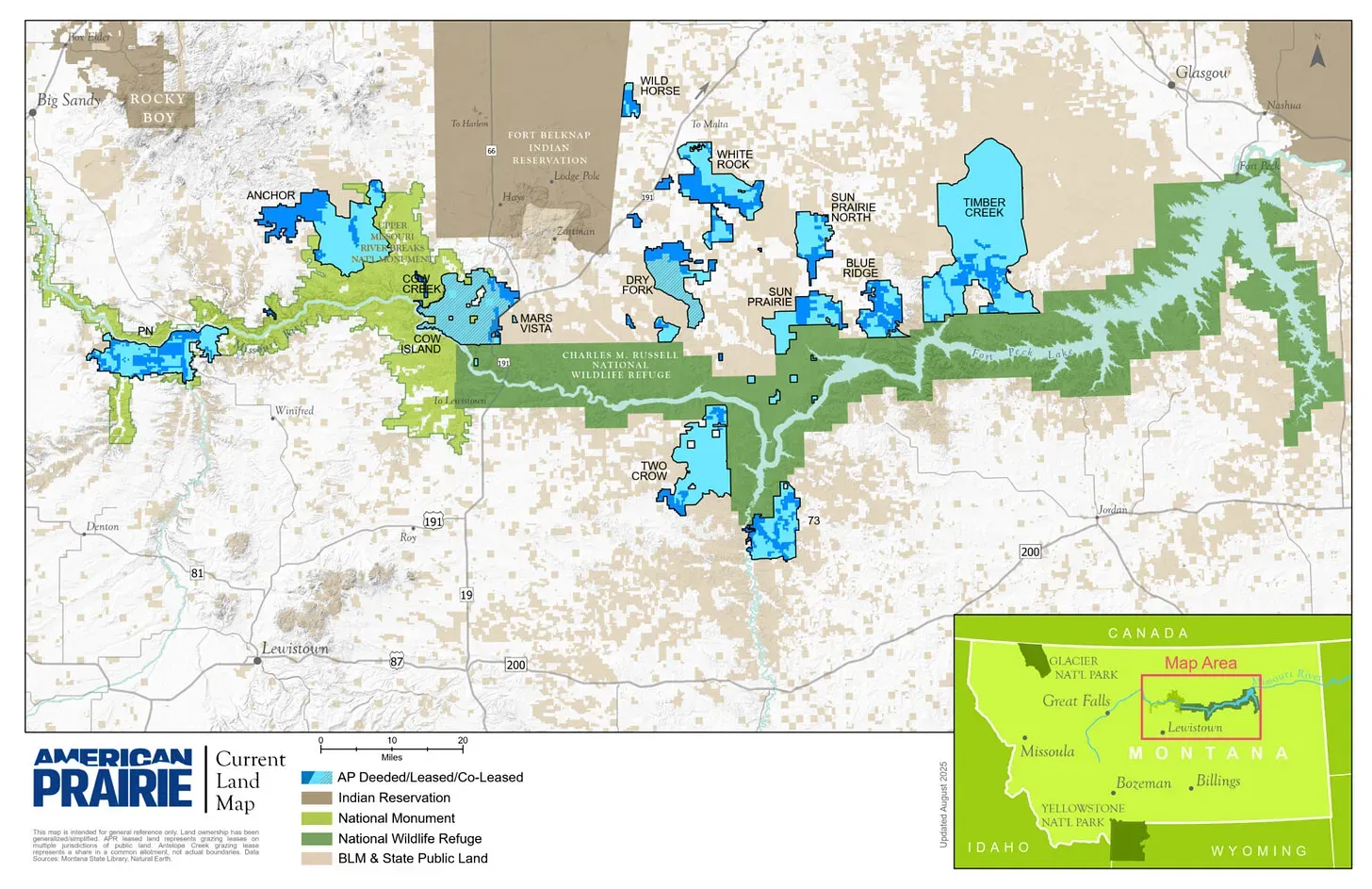The Roundup: Wildfire Risks, the Public Lands Rule, American Prairies

Republicans in the House of Representatives voted to nullify decades of land-use planning by the Bureau of Land Management:
Resource management plans serve as guidelines for how the BLM manages the public lands it oversees. The plans are developed through a lengthy process that combines local and tribal input with environmental review under the National Environmental Policy Act. The goal is to create a blueprint for “multiple use” management, balancing economic activities such as grazing and oil and gas development with other concerns, including wildlife habitat, outdoor recreation and conservation.
In Montana, the disappearance of that blueprint will have immediate consequences. Ranchers face uncertainty on how many cattle they can run, when their permits will be renewed, and what will happen during a serious drought. Tribal cultural sites are likely to be left unprotected and years of tribal consultation overridden. Conservation groups warn that congressional vetoes could sideline science-based safeguards for vulnerable habitats. In Miles City, the resource management plan would have reformed coal seam leases near the Powder River Basin; without those reforms, habitat for elk, mule deer, sharp-tailed grouse and pheasants could be fragmented by new energy development.
Republicans used the 1996 Congressional Review Act to strike down three Resource Management Plans BLM finalized in the past year. Montana Representative Troy Downing, who sponsored House Joint Resolution 104, accused the Biden Administration of "waging war on American energy" by locking up lands that contain coal, even though the use of coal for energy has been steadily declining for decades.



The Trump Administration has hinted at plans to close an unknown number of U.S. Forest Service offices in Alaska:
In a July memo outlining the basic details of the plan, U.S. Agriculture Secretary Brooke Rollins said she intends to close the Forest Service’s nine national regional offices “over the next year” but “will maintain a reduced state office in Juneau, Alaska, and an eastern service center in Athens, Georgia.”
Research stations, like the Juneau Forestry Science Laboratory in Auke Bay, will be closed and “consolidated into a single location in Fort Collins, Colorado.”
Nationally, Rollins said she intends to scatter more than half of the Agriculture Department’s 4,600 Washington, D.C.-based administrators to five regional hubs; one each in Utah, Colorado, North Carolina, Missouri and Indiana.
This follows prior actions by the federal Department of Government Efficiency, or DOGE, which earlier this year fired about 3,400 Forest Service employees nationally, including more than 100 in Alaska.
Public comment on this proposal remains open through the end of today.
Boosting timber harvesting in national forests while cutting public oversight won’t solve America’s wildfire problem:
So, what can Congress and the federal government do to reduce fire risk to communities? The answer starts with investing in forest management and projects that can reduce fire risk.
Joint projects involving communities and state, tribal and local agencies, like those under the Collaborative Forest Landscape Restoration Program, build partnerships to reduce fire riskacross large landscapes and lower the risk of fire spreading to homes and federal wildlands. The Good Neighbor Authority, created in 2001, enables federal agencies to contract with states, counties and tribes to provide forest management work on federal lands.
The Department of the Interior has proposed rolling back the Public Lands Rule, arguing that conservation isn't a "use" on Bureau of Land Management lands:
The Department of the Interior is moving to strike a Biden-era conservation rule for the Bureau of Land Management (BLM). On Wednesday, September 10, Sec. Doug Burgum announced that the agency is proposing to rescind the Conservation and Landscape Health Rule, saying it was impeding extractive industries on public lands.
[...]
The Federal Lands Policy Management Act, or FLPMA, is the law that gives the BLM its multiple use mission. The word "conservation" doesn't come up in FLPMA's definition of multiple use, but the law does mandate that the BLM protect ecological and environmental factors like air and water quality, and it says certain public lands should be protected in their "natural condition."
Colloquially known as the Public Lands Rule, the policy officially codifies conservation as a "use" for the BLM, like grazing, recreation, and oil and gas. It also gives the agency tools to manage conservation.
Public comments on the proposal are open until November 10.
American Prairie opened 70,000 acres in Montana:
Ambitious conservation nonprofit American Prairie has secured its second-largest land purchase and leasing arrangement to date, buying up the 70,000-acre Anchor Ranch in Montana, which had been listed for sale for $35 million. The group bought the land from two billionaire Texas brothers who’d kept the public locked out of one of the only western access roads into adjacent public land, the Upper Missouri River Breaks National Monument, which totals almost 400,000 acres.

On the Range
John Deere sales slump.
The life and death of the American foodie.
Cloned and genetically modified animals are entering the market.
Beef prices hit record highs.
A potential plan for the rural vet shortage.
Why Iowa won't clean up its water.


